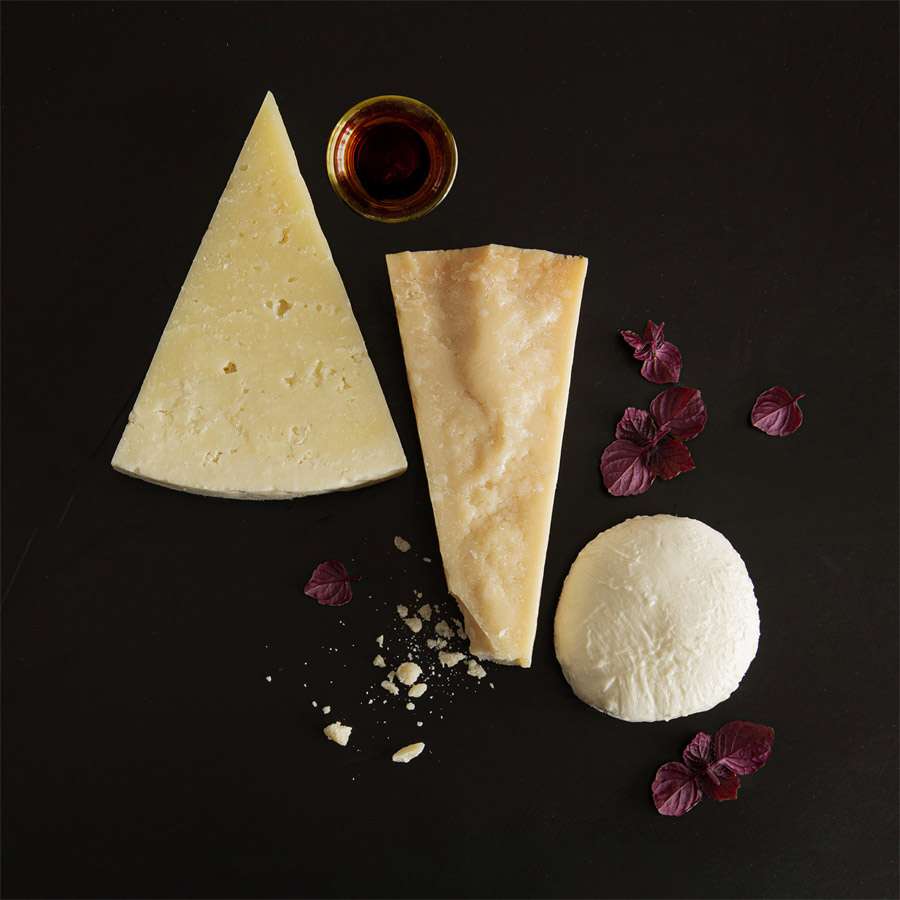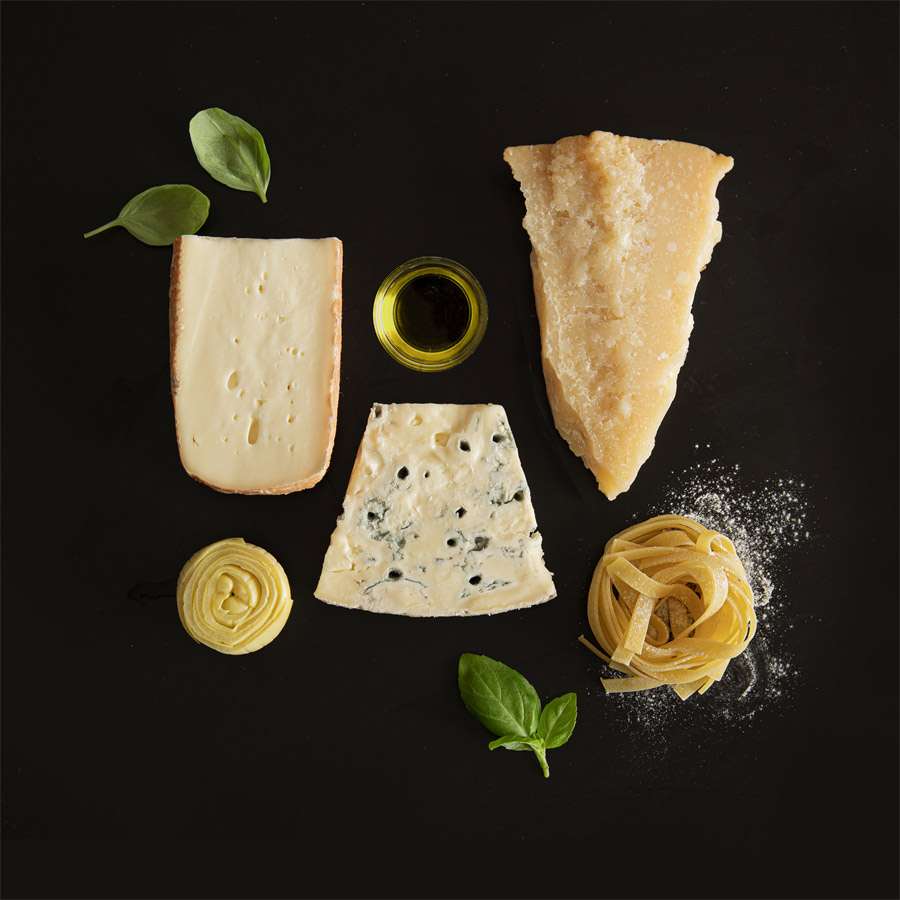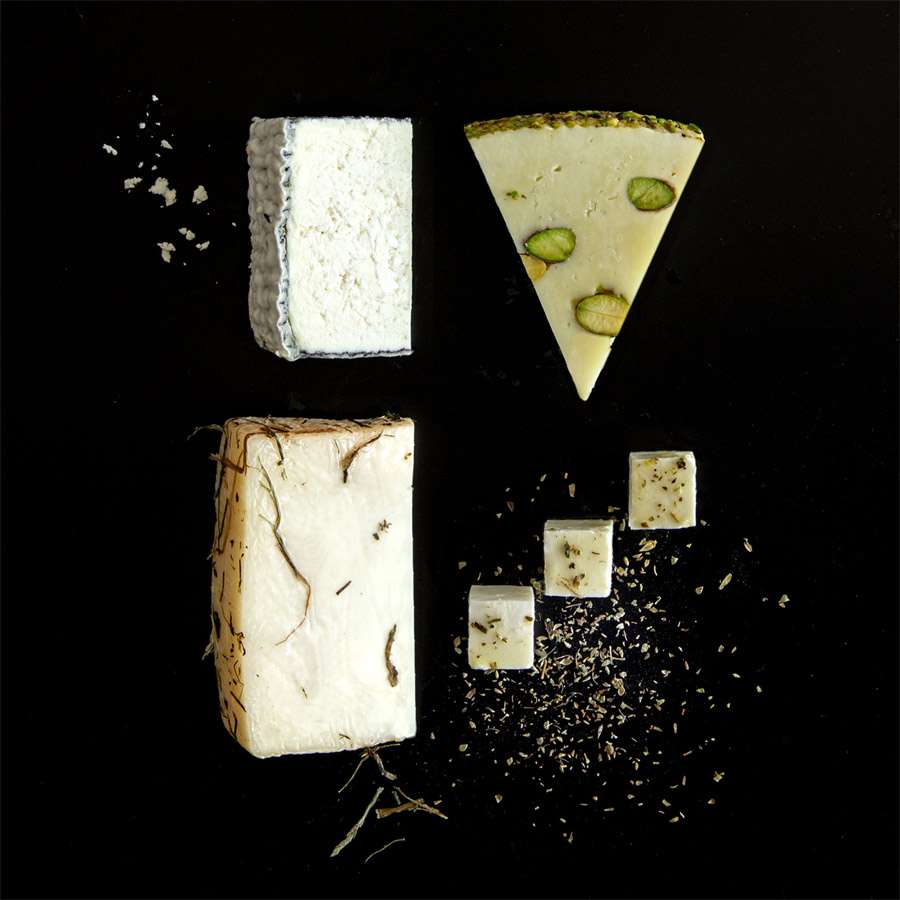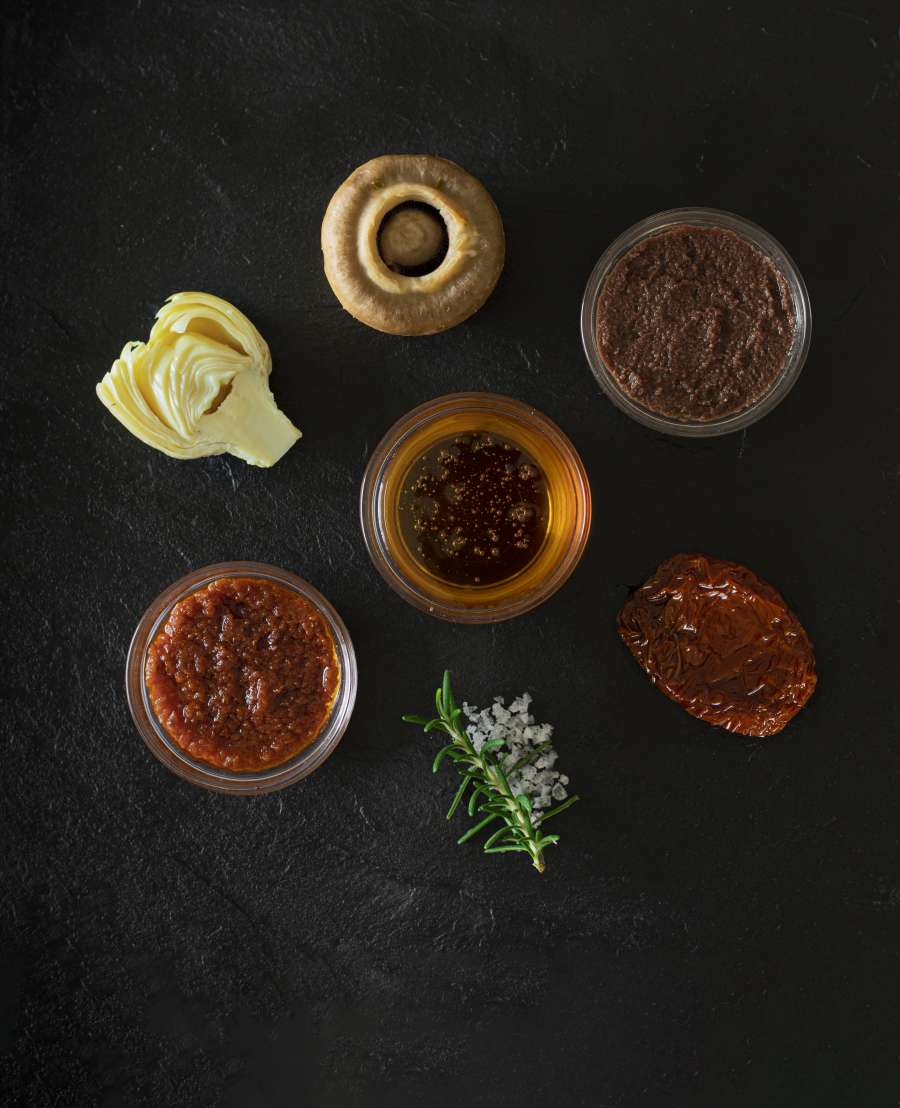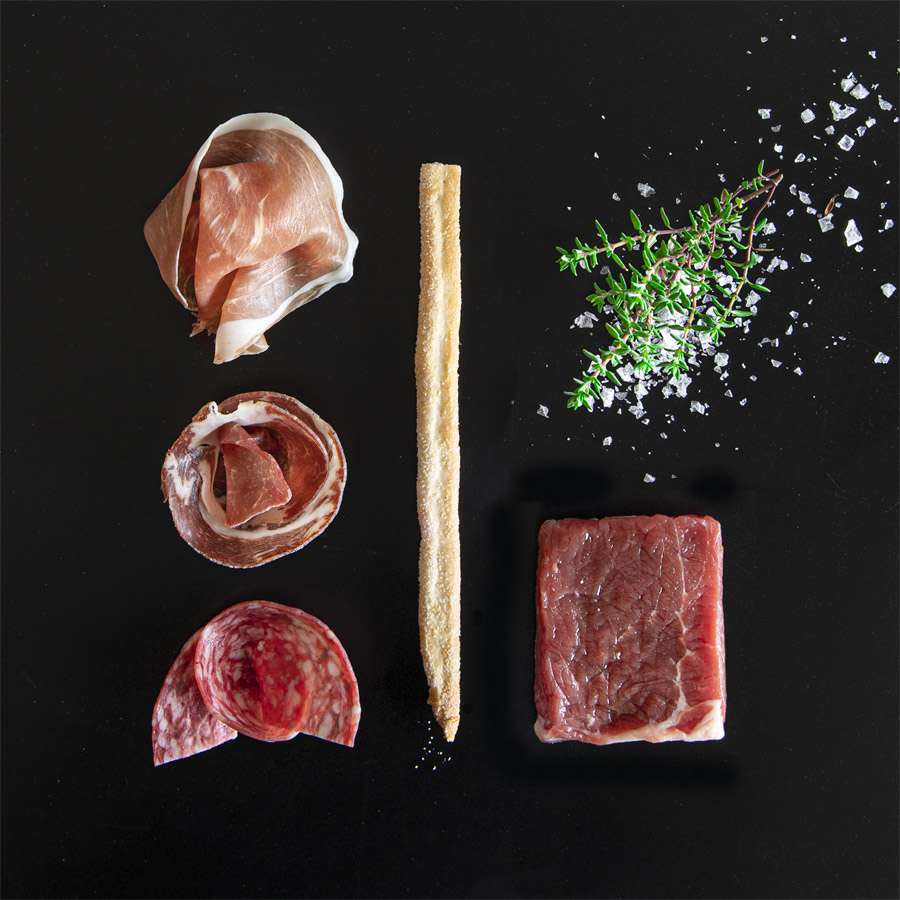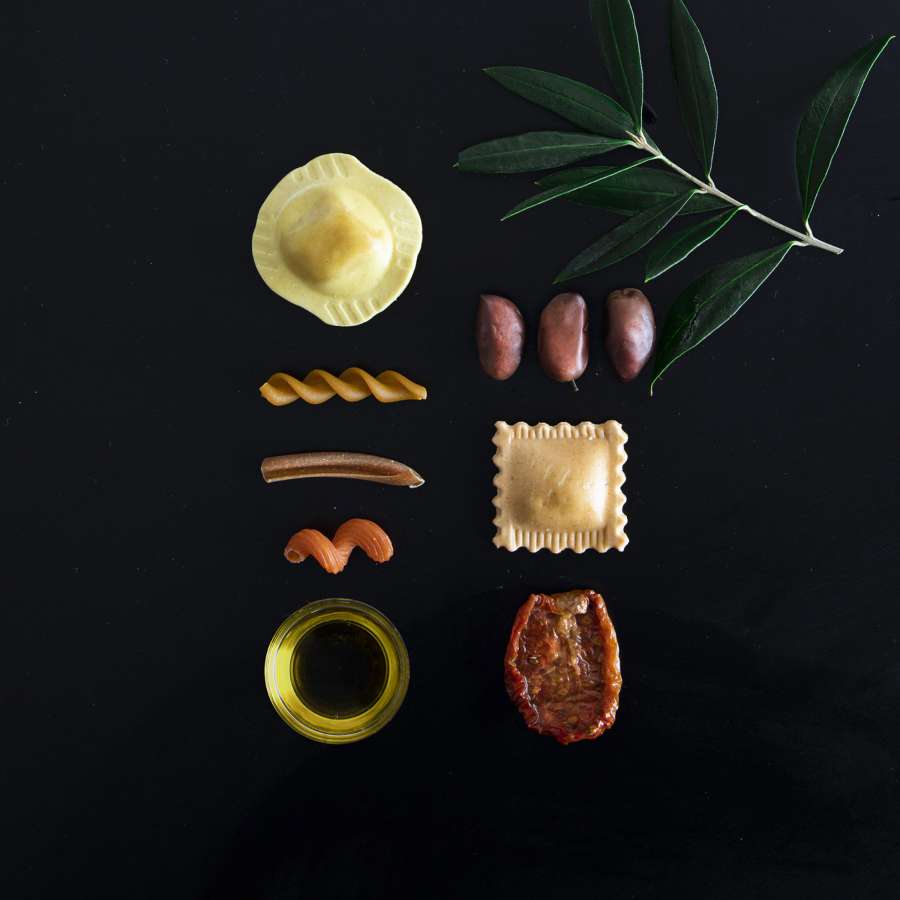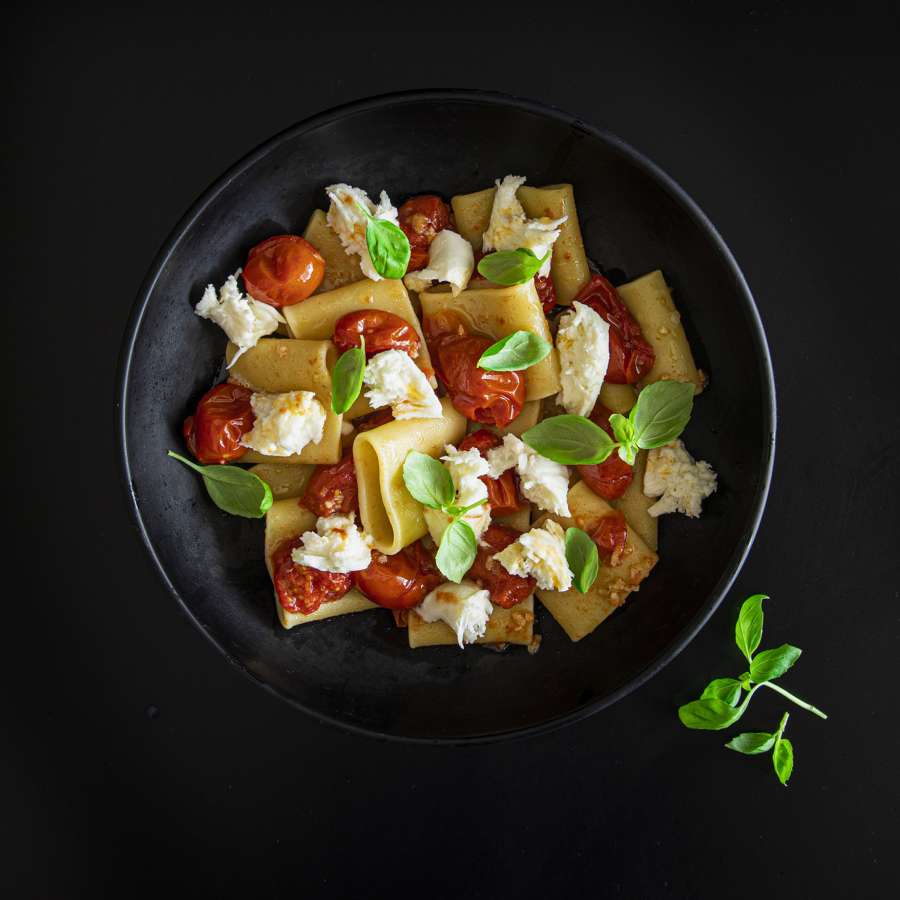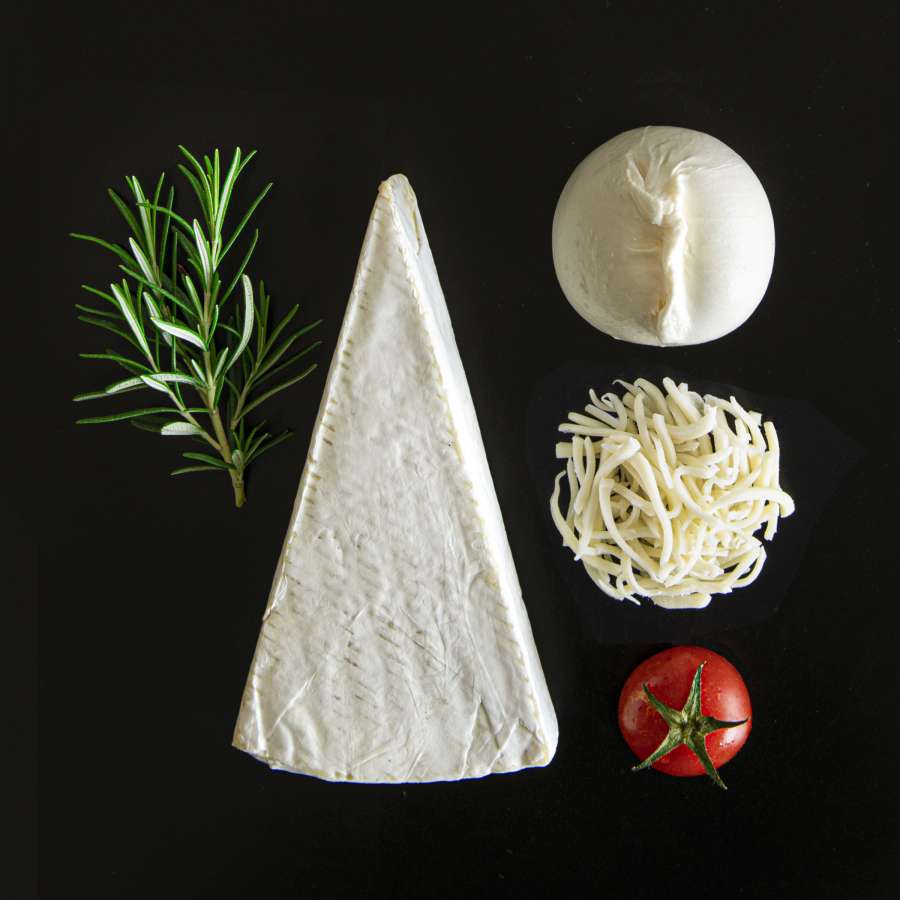Sweet Ricotta: History and Fresh Ideas for Summer
Sweet ricotta is one of the most beloved ingredients in Italian pastry, capable of evoking childhood memories and the scents of Sicily. Behind its simplicity lies an ancient history: it was already known by the Greeks and Romans, who called it recocta due to its double cooking process. In Sicily, sweet ricotta was born from the meeting of local dairy traditions and Arab influences, which introduced the use of sugar and spices. From this fusion came iconic desserts like cassata and cannoli—true celebrations of sweet ricotta.
Today, this tradition lives on in Ricotta Delizia by Centroform, a Sicilian company founded in 1984 and synonymous with passion for milk and a commitment to quality. Ricotta Delizia is part of the line of baked ricotta-based desserts, made with carefully selected local milk and crafted using artisanal methods. The product is packaged in practical vacuum-sealed pouches that ensure optimal freshness and preservation. In addition to the classic sweetened version, the line includes pistachio and pear variations, designed to enrich desserts and breakfasts with a gourmet touch.
Ricotta Delizia in Summer: How to Enjoy It
Sweet ricotta is perfect for summer thanks to its freshness and versatility. Here are some ideas to bring it to the table:
On its own: Ricotta Delizia by Centroform is delicious just as it is, perhaps paired with fresh seasonal fruit like strawberries, peaches, or figs.
With dessert wine: Try it with a Sicilian passito, such as Marsala, to enhance its sweetness with the wine’s aromatic notes.
With espresso: Enjoy it with a bitter espresso, which perfectly balances the ricotta’s sweet delicacy, creating a rich and enveloping tasting experience.
Choosing Ricotta Delizia by Centroform means bringing a genuine, ready-to-eat product to your table, made with high-quality local milk and packaged with attention to sustainability. The company’s long-standing experience and deep connection to the Sicilian territory are reflected in its authentic flavor, which lends itself to countless interpretations—from the simplest to the most creative.

